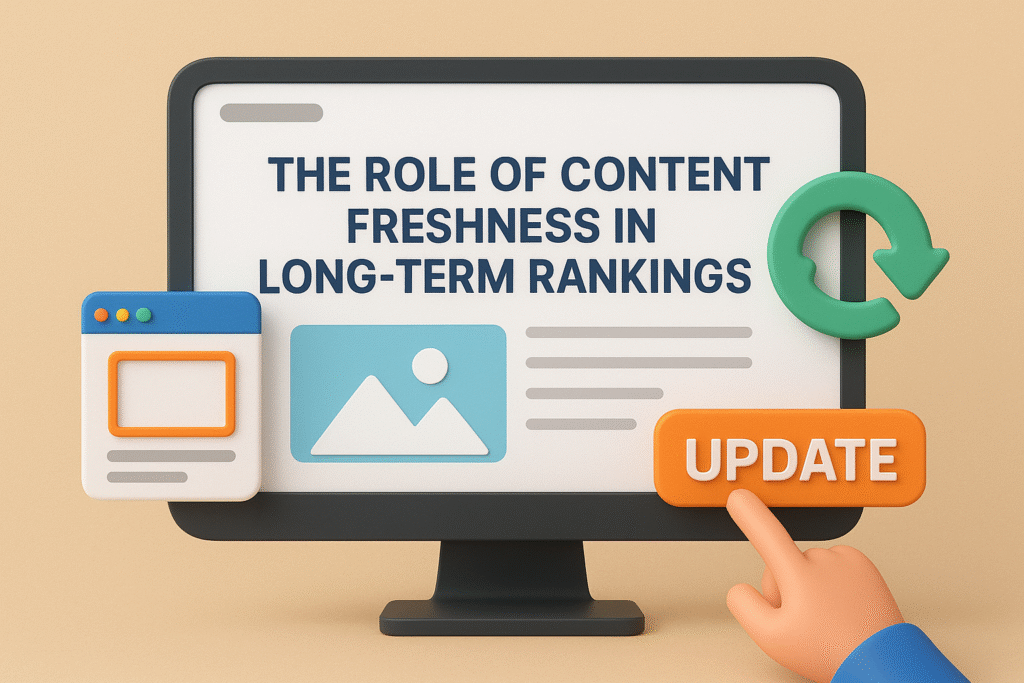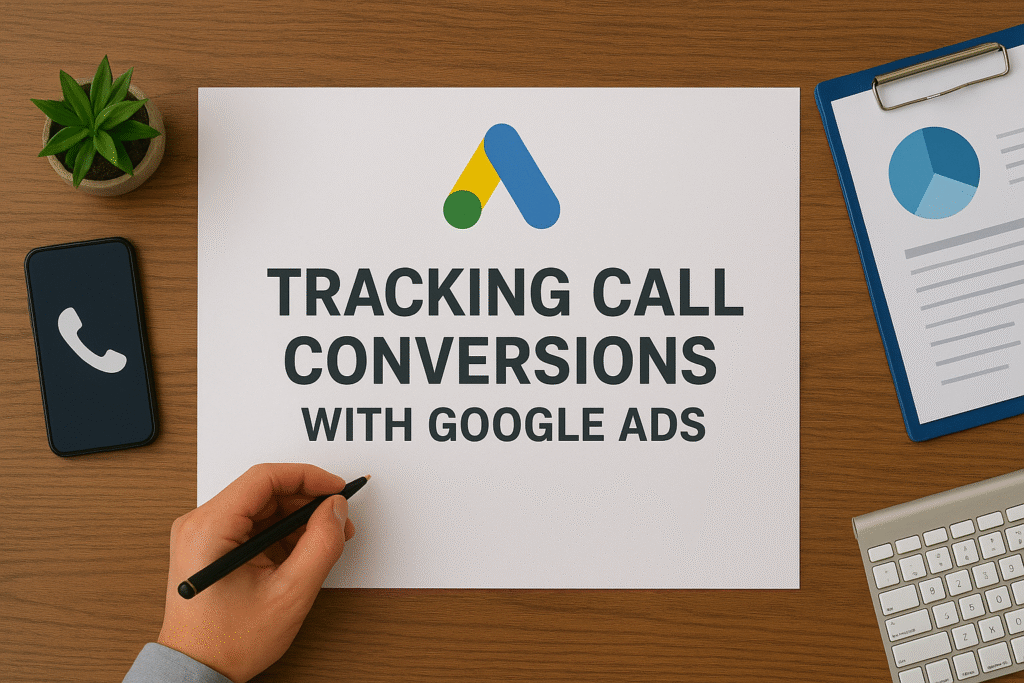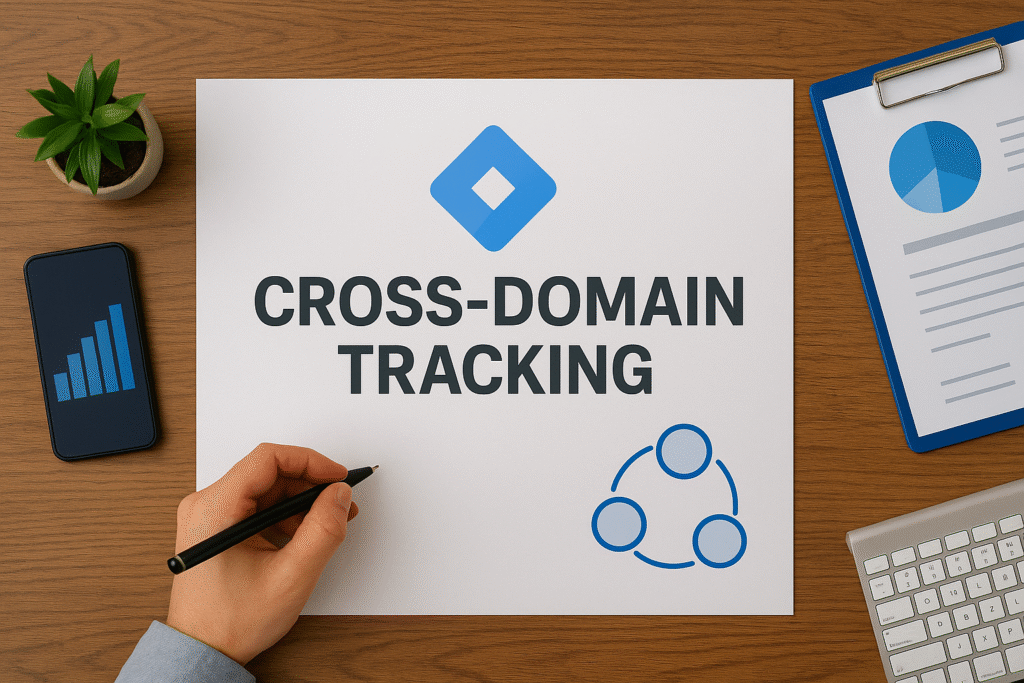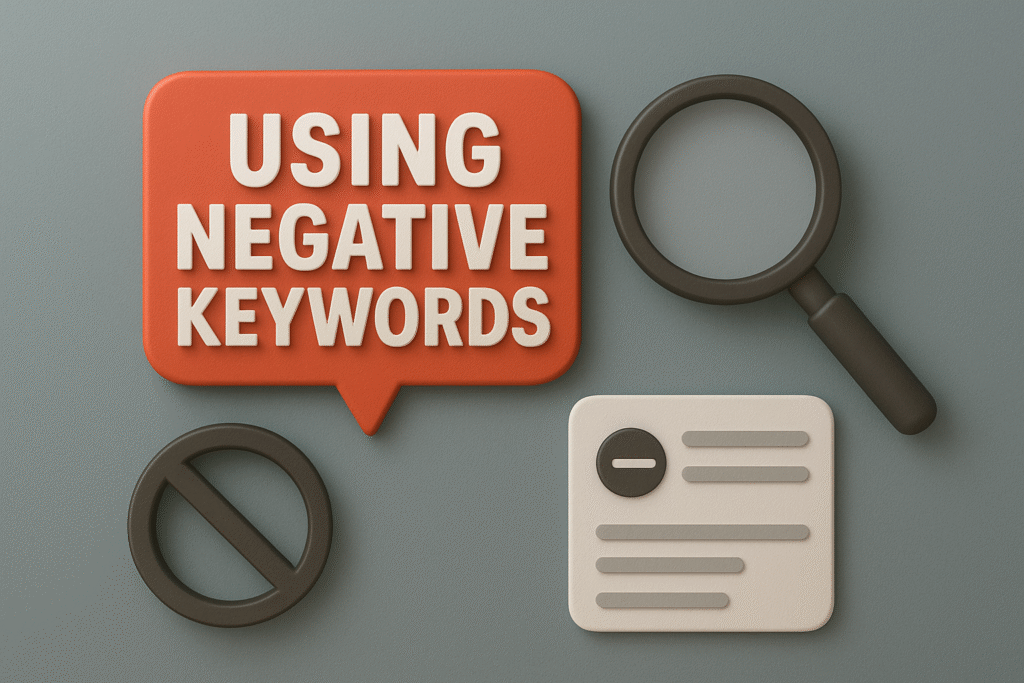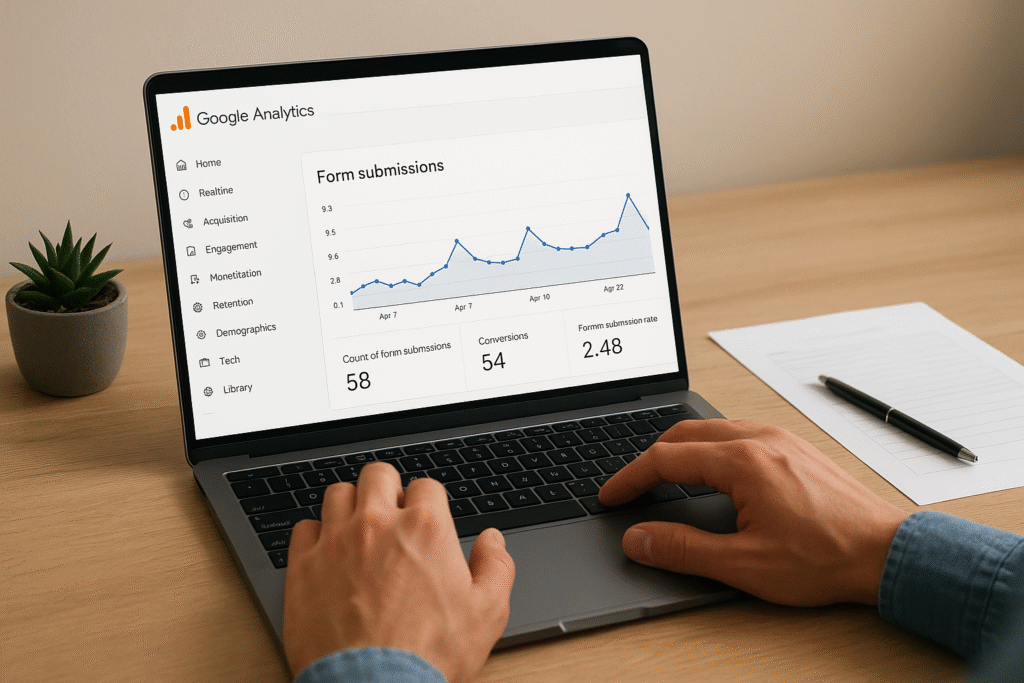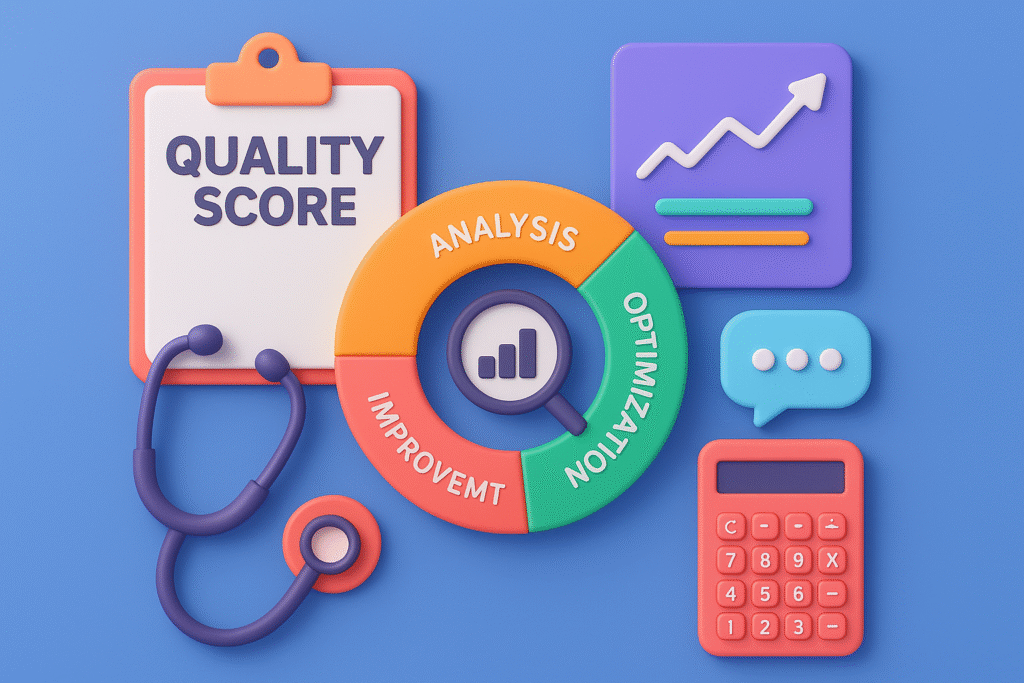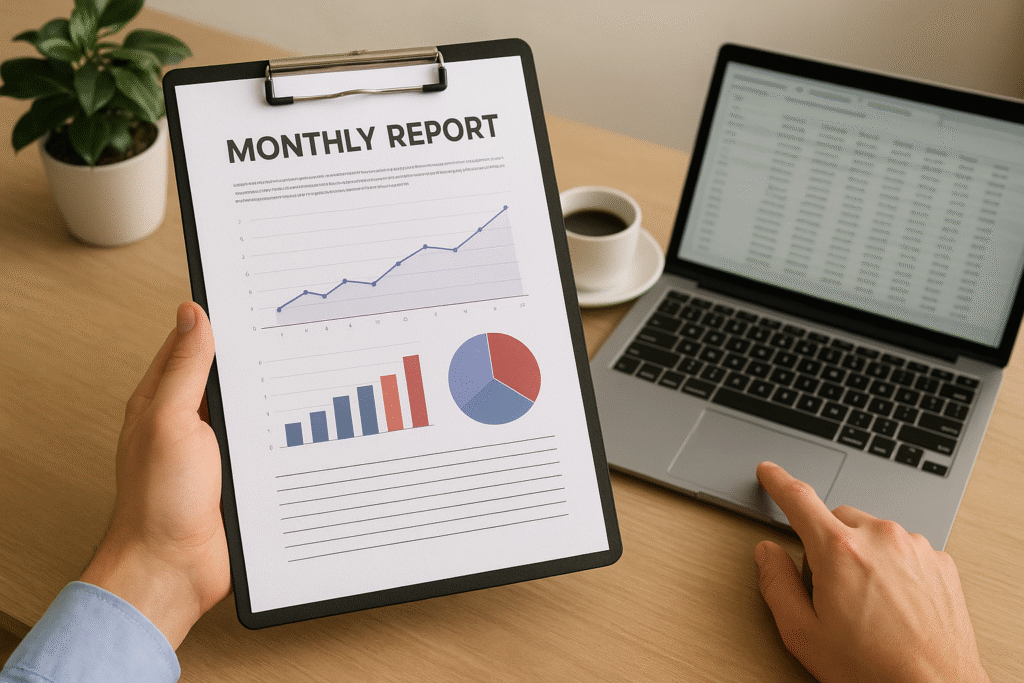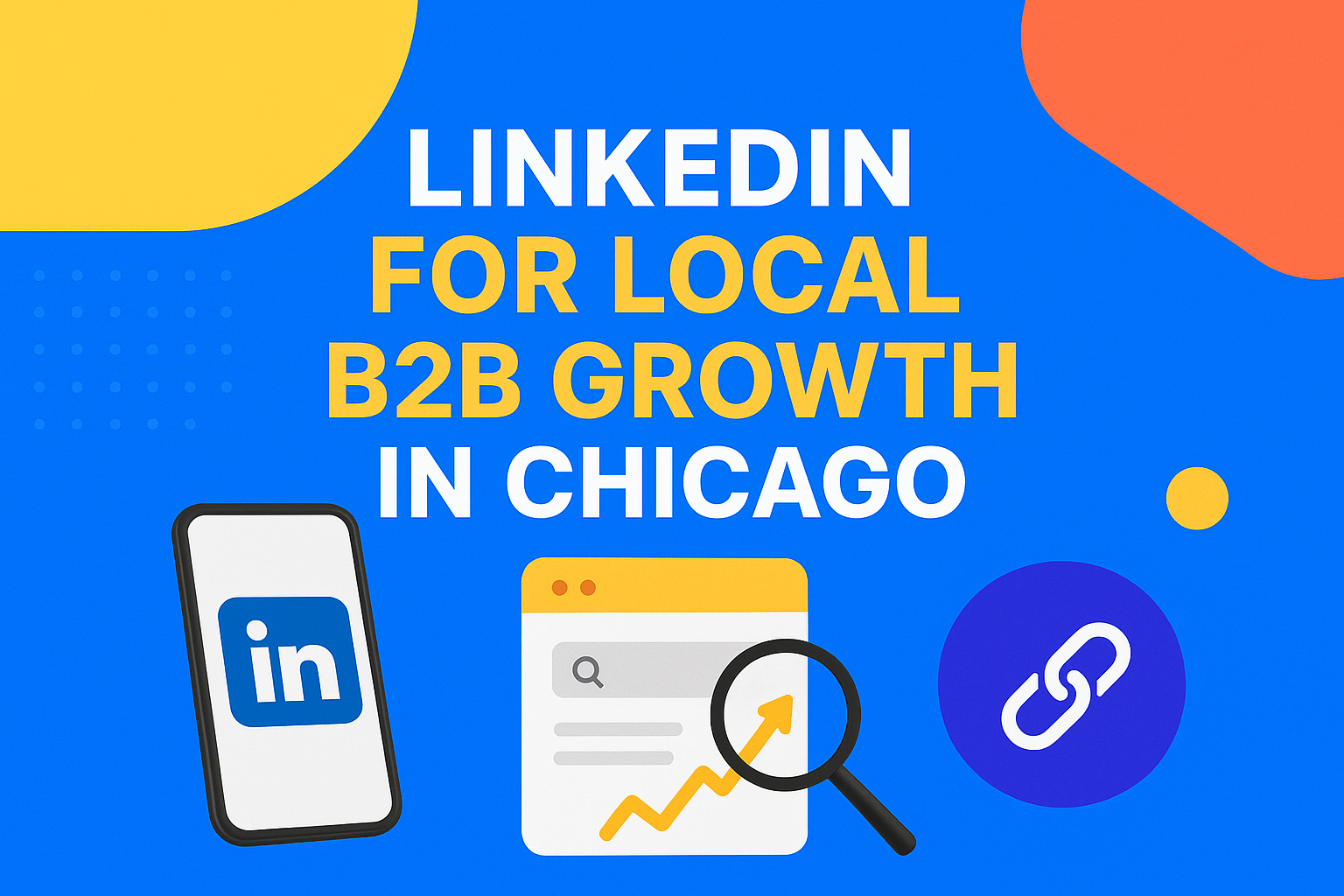Here’s What You’ll Learn in This Article
You’ll uncover why keeping content updated is essential for long term ranking stability and how search engines reward pages that stay relevant. This summary highlights the core freshness signals Google values and the simple system used to refresh content strategically without burnout.
Introduction
When I think about the evolution of search visibility, nothing has shaped my work more than understanding how content freshness for ranking influences long term performance. I have watched brands rise, plateau, and even disappear from competitive search results simply because they did not revisit their content strategy often enough. In my own digital marketing practice, content freshness has become one of my core priorities, especially for websites that rely heavily on organic growth.
Why I Became Obsessed With Content Freshness
I still remember when I first noticed how dramatically updated content could outperform untouched pages. I had been working on a client project using Google Search Console to analyze year over year traffic patterns. A few articles that we had refreshed with new data and improved structure began climbing in rankings, while older untouched posts lost visibility. That was the moment I realized the powerful link between content freshness for ranking and sustained organic performance.
Search engines behave differently today than they did even five years ago. Google wants to deliver the most accurate, timely, and relevant information to users. Outdated content just does not deliver the same value, and Google knows it.
Stat: According to Ahrefs, more than ninety percent of pages that get no traffic have not been updated in over a year.
Source: Ahrefs Search Traffic Study
This one statistic changed the way I approached content in every project I handled.
Understanding What Content Freshness Really Means
Content freshness for ranking is not simply about republishing an article with a new date. It goes much deeper than that. Google evaluates freshness based on several signals that show real value, not artificial updates.
The Core Freshness Signals I Focus On
- Updates that change the meaning or depth of the content
- Inclusion of new statistics, research, or case studies
- Rewriting outdated claims and removing obsolete references
- Expanding content to meet current search intent
- Improving readability and restructuring based on new user behavior patterns
- Adding newer internal context and updated external references
- Optimizing content using insights from Semrush and Moz
Every time I refresh content, I use these signals to make sure I am not simply tweaking an article but actually improving it in a meaningful way.
Why Search Engines Reward Fresh Information
Google wants to ensure its users are always receiving the most reliable and up to date information. If I were searching for trends, statistics, or digital marketing insights, I would never want to land on a page that was last updated five or ten years ago. You probably feel the same.
This is why search engines reward content that demonstrates ongoing maintenance. When I use tools like Surfer SEO to compare competing pages, I often notice that the most recently updated articles consistently hold stronger positions in the top results.
Stat: A study from Backlinko found that updated content can increase organic traffic by as much as seventy percent within the first few months.
Source: Backlinko SEO Data Study
That is the kind of result every content strategist aims for.
How I Keep Content Fresh Without Burning Out
Keeping content fresh does not mean rewriting entire articles every single month. I learned over the years that content freshness for ranking is more about thoughtful, strategic updates rather than constant rewrites.
My Three Step Refresh System
I have refined my own refresh process into three simple steps that keep everything productive and manageable.
Step One: Audit and Prioritize
I start by running a full content audit using Screaming Frog and Google Search Console. I look at pages that have declined in impressions or clicks. Then I prioritize them based on commercial value, search intent, and ranking opportunity.
Step Two: Research What Changed
Once I shortlist the pages that need attention, I look for new statistics, industry updates, or algorithm changes that may affect the topic. For example, if I am writing about social media engagement, I might check Sprout Social or HubSpot for new reports or trend updates.
Tip: Always update content with fresh statistics and credible sources. Google looks for modern references that reflect current authority.
Source: Industry best practices
Step Three: Rewrite and Expand
I update outdated paragraphs, remove obsolete information, add new examples, expand thin sections, and rewrite introductions to reflect current trends. I also incorporate internal links to strengthen topical authority and relevance.
By following these steps, I ensure that every refresh actually contributes to long term ranking.
Why Outdated Content Loses Visibility
I have seen outdated pages drop rankings for several key reasons:
- Old statistics make the page less trustworthy.
- Changing user intent makes the content irrelevant.
- Competitors publish newer and more comprehensive content.
- New industry standards invalidate old examples or claims.
- Google algorithm updates reward sites with current information.
The biggest mistake I see businesses make is assuming that once content ranks, it will always stay there. That is simply not true. I have worked with hospitality brands, ecommerce stores, and personal brands, and the pattern is always the same. Fresh content outperforms stale content.
When I am working on a digital marketing plan, I always bring up this point early on. It sets the expectation that growth requires continuous maintenance.
How Content Freshness Supports Long Term Ranking Stability
The beautiful thing about investing in content freshness is that it compounds over time. The more consistently I refresh, the stronger my authority becomes on that topic. Google begins to recognize that the website is actively maintained, reliable, and committed to accuracy.
The Snowball Effect of Freshness
As refreshed content rises in rankings, it begins to:
- Attract more backlinks naturally
- Gain more social shares
- Produce higher engagement metrics
- Drive stronger internal link equity
These signals reinforce the page’s authority, creating long term ranking stability. I have seen this effect dozens of times.
How I Use Freshness to Dominate Competitive Keywords
Some keywords are incredibly competitive, and staying on the first page requires persistence. When I feel a page slipping, I analyze top competitors using Ahrefs and discover what they have updated. I use that insight to strengthen my own content.
Sometimes all it takes is a few new examples, a modern statistic, or a new tool reference to reclaim a top ranking. That is the power of content freshness for ranking.
Why Freshness Is Now a Core Part of My Strategy
With artificial intelligence, rapid market changes, and shifting consumer behavior, information becomes outdated faster than ever. Freshness is no longer an optional part of SEO. It is a foundational pillar.
Every time I look at analytics from tools like Google Analytics, I see the story clearly. Updated content performs better. Updated content gets indexed faster. Updated content drives better conversions.
And in the world of search, better conversions always mean better business.
Conclusion
Content freshness for ranking has become one of the most important long term strategies in my digital marketing workflow. Every time I refresh an article, add new examples, update statistics, or expand sections that no longer hold value, I strengthen the visibility and authority of the entire website.
If you want to build a long lasting organic presence, content freshness must be part of your routine. It is the simplest way to stay relevant in a world that changes every single day.
To level up your content strategy, you can always connect with me through alijaffarzia.com where I share deeper insights and support for brands that want to grow with intention.
Frequently Asked Questions
1. How often should I update my content for better rankings?
I usually refresh core pages every three to six months depending on competition and traffic.
2. Does updating old content really improve search visibility?
Yes, refreshed content often jumps in rankings because it signals renewed relevance.
3. Which tools help analyze content freshness?
I use Ahrefs, Semrush, Google Search Console, and Screaming Frog for detailed insights.
4. Do I need to rewrite entire articles to keep them fresh?
Not always. Strategic updates, new data, and improved structure are usually enough.
5. Is content freshness important for all industries?
Absolutely. No matter the niche, Google favors updated and accurate information.

